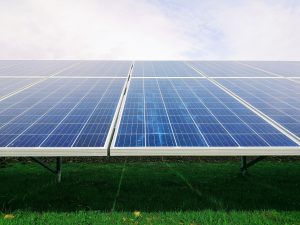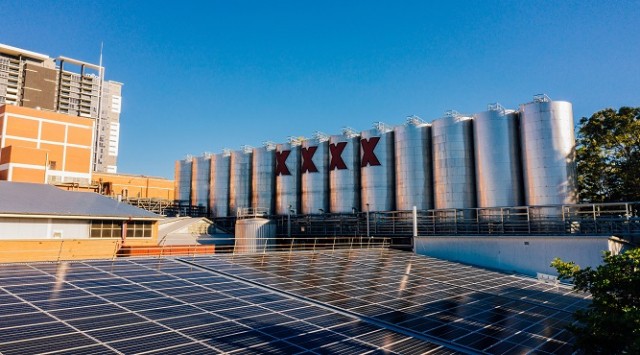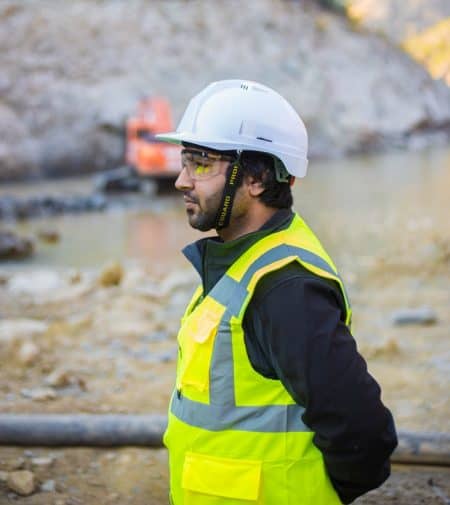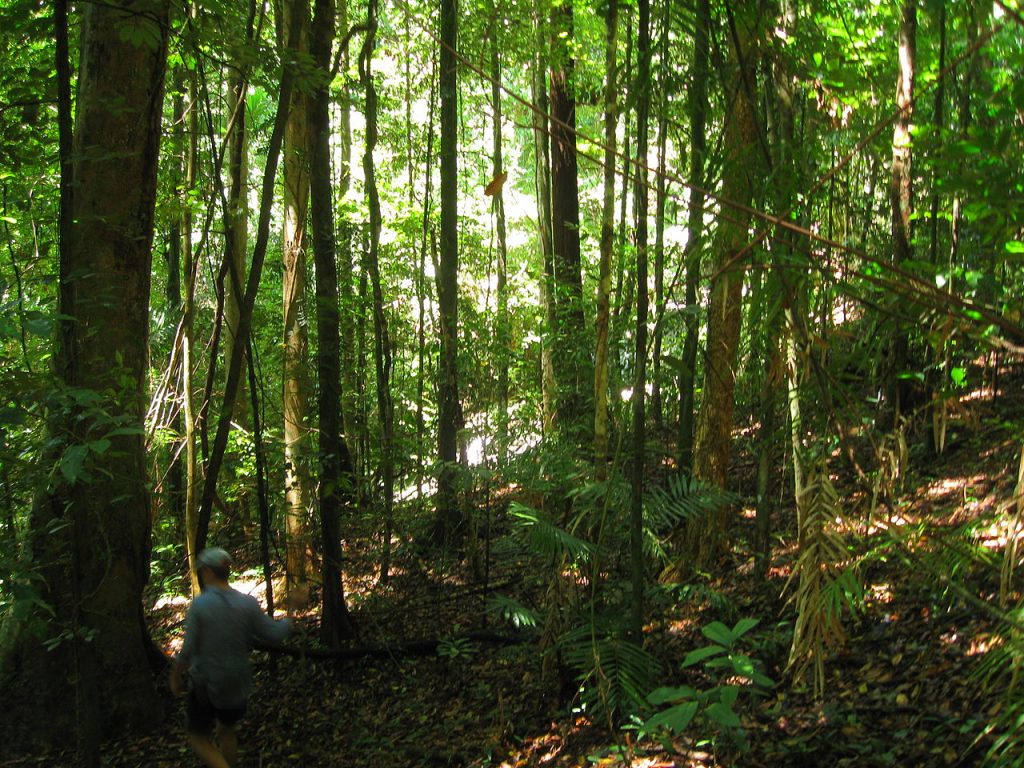Over the years, the state has seen a significant increase in solar power plants as it aims to transition to a more sustainable energy future. In this article, we will take a closer look at 7 of the biggest solar power plants in Queensland.
- Western Downs Green Power Hub Located in Chinchilla, this solar power plant has a capacity of 400 MW and covers an area of 540 hectares. It is currently the largest solar power plant in Queensland and one of the largest in the country. The project was developed by Neoen and completed in 2020. The solar farm generates enough electricity to power 235,000 homes annually. Visit their website here: Western Downs Green Power Hub
- Haughton Solar Farm Located in the Burdekin Shire, this solar power plant has a capacity of 500 MW and covers an area of 1,200 hectares. The project is being developed by Pacific Hydro and is expected to be completed in 2023. Once completed, the solar farm will generate enough electricity to power 180,000 homes annually. Visit their website here: Haughton Solar Farm
- Western Downs Solar Project Located in Dalby, this solar power plant has a capacity of 350 MW and covers an area of 540 hectares. The project was developed by Neoen and completed in 2019. The solar farm generates enough electricity to power 235,000 homes annually. Visit their website here: Western Downs Solar Project
- Brigalow Solar Farm Located in the Western Downs Region, this solar power plant has a capacity of 120 MW and covers an area of 160 hectares. The project was developed by Lighthouse Infrastructure and completed in 2019. The solar farm generates enough electricity to power 36,000 homes annually. Visit their website here: Brigalow Solar Farm
- Ross River Solar Farm Located in Townsville, this solar power plant has a capacity of 148 MW and covers an area of 202 hectares. The project was developed by Palisade Investment Partners and ESCO Pacific and was completed in 2018. The solar farm generates enough electricity to power 54,000 homes annually. Visit their website here: Ross River Solar Farm
- Clare Solar Farm Located in Ayr, this solar power plant has a capacity of 100 MW and covers an area of 120 hectares. The project was developed by Fotowatio Renewable Ventures and completed in 2018. The solar farm generates enough electricity to power 42,000 homes annually. Visit their website here: Clare Solar Farm
- Kidston Solar Project Located in Kidston, this solar power plant has a capacity of 50 MW and covers an area of 160 hectares. The project was developed by Genex Power and completed in 2017. The solar farm generates enough electricity to power 26,484 homes annually. Visit their website here: Kidston Solar Project
In addition to these solar farms, there are many other solar projects currently being developed in Queensland, with the state aiming to reach its target of 50% renewable energy by 2030.
It is clear that solar power has a bright future in Queensland, as the state continues to invest in large-scale solar projects and pave the way for a cleaner, more sustainable energy future. With its abundant sunshine and vast open spaces, it’s no surprise that Queensland is leading the charge in solar energy in Australia.
As the world continues to shift towards renewable energy, it’s exciting to see the progress being made in Queensland, and it will be interesting to see what new solar projects will be developed in the years to come.
If you’re interested in learning more about solar power in Queensland or how you can make the switch to renewable energy, there are many resources available online, including the Queensland Government’s official website on renewable energy.
In conclusion, Queensland is home to some of the biggest solar power plants in the country, with the top 10 solar farms listed above leading the way in generating clean, renewable energy for the state. With more solar projects in the pipeline, Queensland is well on its way to achieving its ambitious renewable energy targets and creating a more sustainable future for generations to come.





